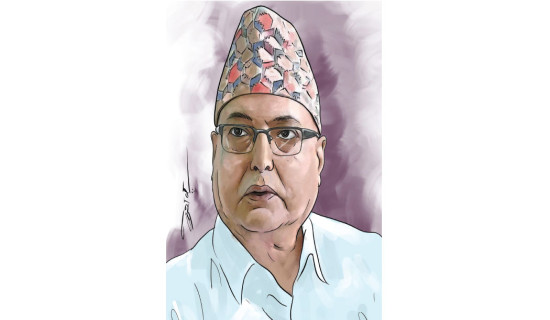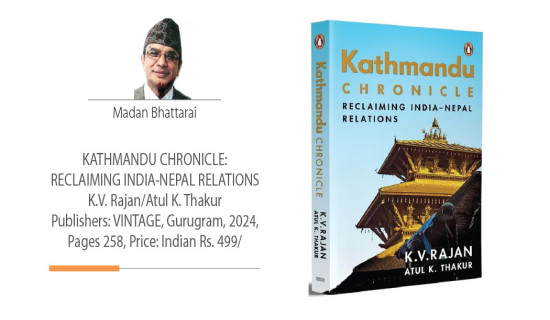- Friday, 16 May 2025
Benefits Of Generic Prescribing
Medicines are the most frequently used component of intervention in healthcare with over 75 per cent of hospital outpatient visits involving prescription of medications. Medicines are prescribed in almost all health conditions except in some instances, lifestyle modifications are recommended. They constitute large percentages of healthcare expenditures and an overwhelming amount of those expenditures is incurred out-of-pocket, particularly in developing countries.
Many countries around the globe are shifting from branded prescribing to generic prescribing in order to reduce healthcare spending. At this time, the majority of the generic drugs are manufactured in India, China, and Israel and the fastest-growing generic manufacturing hubs are in South Korea, Japan, Russia, and Southeast Asia. Low-cost generic medicines have made it affordable for the treatment of millions of patients in developing countries.
Active ingredient
A brand name or reference drug can only be substituted by a generic drug that contains the same active ingredient and strength as the reference drug and is administered in the same dosage form. However, the difference in bioavailability between the two drugs should ideally lie within the therapeutic bioequivalence interval within the range of 80–125 per cent.
There are significant variations in terms of the utilisation of generic drugs in healthcare around the globe. Many developed countries such as Australia, France, and Switzerland have generic drug utilisation rates below 30 per cent whereas the rate in the USA is over 85 per cent. For effective utilisation of generic products, appropriate regulations should be promulgated and implemented in the healthcare system of the country. However, there are no such regulations in many countries around the globe.
It is important to highlight why branded products are more expensive than their generic counterparts. The companies spend millions in drug discovery to develop new molecules from the laboratory to the market. There are expenditures incurred from preclinical evaluations in animal models through to the different phases of clinical trials. In normal circumstances, it usually takes around 10 years to get a new drug to the market, costing millions of dollars to meet the stringent safety and efficacy standards of the drug regulatory authorities.
The large majority of new molecules fails in their journey and never come to the market owing to a lack of safety and efficacy. Thus, investment in drug development is highly risky and particularly seen among drugs for illnesses requiring short-term therapy, unlike chronic illnesses. It has been seen that investment in new antibiotics discovery is often lacking due to the rapid development of resistance making them useless for treating infectious diseases within a short period of time.
The new molecule then becomes the intellectual property of the investor company which in return enjoys the sole right to manufacture and sell the new drug product throughout its patent life, which usually lasts for 20 years. When patent expiry, any other companies may start producing the same product, often termed as generics.
There are advantages and disadvantages of generic drugs. The availability of several generic alternatives to a branded product in the market leads to challenges for both patients and healthcare personnel. The switch from a brand name to a generic medicine may prove more of a challenge for certain patient groups than others. Elderly patients and those taking multiple drugs can easily become confused, especially since the new product can differ in shape, taste, and colour.
However, there are benefits to generic prescribing. Each drug has only one generic name. However, there are many branded medicines available in the market. It has been shown that generic prescribing can reduce prescribing and dispensing errors. A prescription with a generic name often reduces supply delays to the patients as a pharmacist may dispense any suitable generic or branded product. On the other hand, for a medicine that is prescribed by brand name, the pharmacist may dispense only the specified brand although there might be many alternatives that are cheaper and equally effective.
Policies
The bioequivalence of generic and brand medications along with substantially reduced cost make an increase in generic medication use among people with chronic diseases. Lowering costs can improve adherence; nevertheless, generic medications are underutilised, particularly in developing countries where millions of people go into vicious cycle of poverty due to healthcare expenditures from out of pocket. Over the years, confidence and knowledge of generic medicines have improved in the developed world. However, more efforts are needed in our part of the world. The low level of acceptability of generics could lead to higher expenditure, non-compliance, and therapeutic failure.
Studies have indicated that educational interventions, financial benefits, and better communication between patients and healthcare professionals have improved confidence in generics. Health institutions, professional associations, and pharmacy, medical, and nursing councils should focus more on training on rational use of medicines and generic prescribing. The health curriculum should be upgraded by focusing on rational and appropriate prescribing, dispensing, and administration. Government should develop policies of promoting generics over branded medicines. Public health institutions and consumer rights groups can and therefore should aware general population of the benefits of generics. It is urged to all the stakeholders from prescribers to dispensers to administrators to consumers to take a share of the benefits of generic medicines.
(Dr. Lohani is the clinical director at the Nepal Drug and Poison Information Centre. lohanis@gmail.com)

















